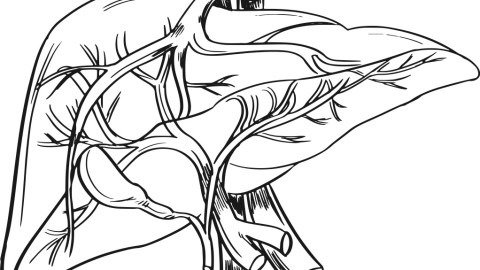China Prints Human Liver Cells Using 3-D Printer

What’s the Latest Development?
Using a 3-D printer, researchers at a Chinese university have printed live human liver cells with high rates of success, ensuring that 90 percent of the cells leave the printer alive. The liver cells are made from a special material called hydro-gels, a watery substance rich in nutrients. “Before printing, researchers culture the cells in a large volume and blend them with hydro-gels. The mixture is then used as the raw material of cell printing.” Unlike printing solid physical objects, such as a cup in which material must be printed closely together, scientists must leave space for cells to grow as they divide and reproduce.
What’s the Big Idea?
The liver cells printed by Chinese scientists have been shown to function exactly like human livers in that they break down toxins, metabolize, and secrete. Given the 1.5 million people who need an organ transplants in China each year, researchers are hopeful that, given more research, a path toward regenerative medicine can be found. This budding field of medicine, in which organs are grown in laboratories and then transplanted into patients, holds great promise in revolutionizing surgery and human longevity. Currently, less than one percent of Chinese citizens requiring organ transplants receive them.
Photo credit: Shutterstock.com





